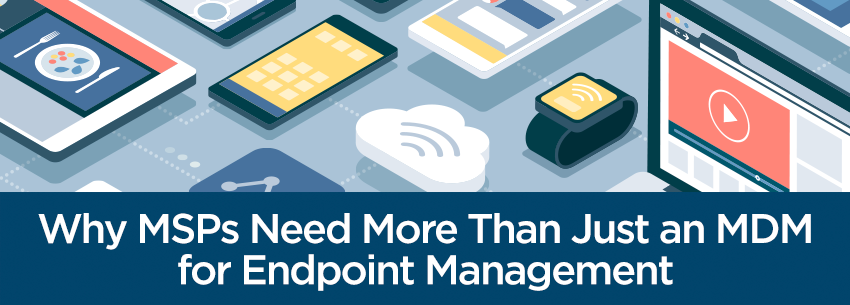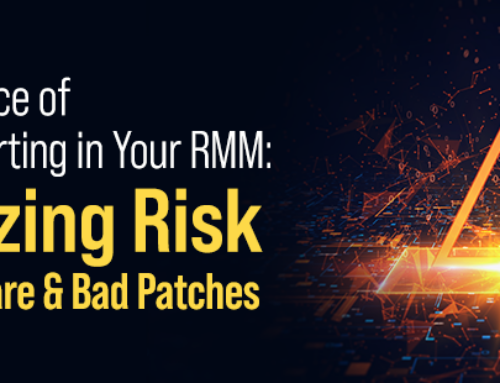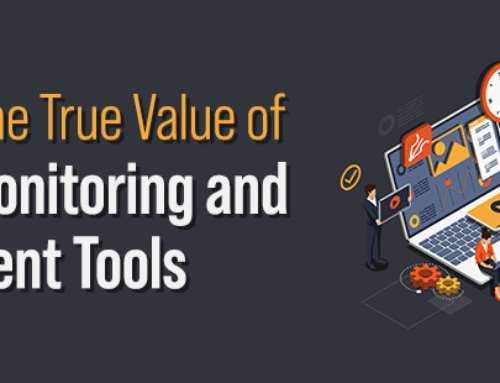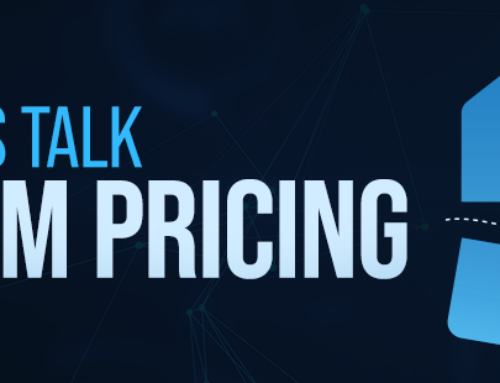Over the past few years, the average number of devices we all use in our personal lives and the workplace has exploded. Gartner predicts that there will be 25 billion Internet of Things (IoT) devices by the end of the year, though some estimates peg that to be much higher.
A booming number of connected devices potentially opens the door for new cybersecurity or device management challenges as many devices make their way into the workplace. For MSPs, this presents a new challenge for supporting clients. It also creates new challenges for the complexity of customer management for the MSP themselves, requiring new levels of efficiency and automation to ensure that they can keep pace with growing customer needs.
Many MSPs have turned to mobile device management (MDM) tools to support these goals. MDM offers many essential capabilities for an MSP business, including easy deployment of new devices, the ability to manage different device types, automation, policy management, cybersecurity, and compliance, among other things. The tools typically also offer some form of remote management, focusing on the management of those devices.
However, while these functions are critical, an MSP needs to consider if their MDM tool offers the full breadth of capabilities they need, including the remote management of systems, workstations, networks, servers, and every type of endpoint. This is especially important as the number of devices — and types of devices — continues to expand across every business.
One tool for an MSP to consider is a remote monitoring and management (RMM) solution. RMM offers a more comprehensive solution that typically includes many MDM features and many others to improve efficiency, increase monitoring capabilities, and ensure the MSP monitors the full scope of the customer environment on an ongoing basis.
More specifically, RMM capabilities typically include the ability to perform several tasks to maintain customer systems remotely. These services include administering patches, monitoring networks traffic, tracking for machine status and health, performing and automating routine maintenance, and correcting any issues that may arise without being on-site.
The outcome for an MSP of these features is streamlining efficient IT management and ensuring network and device stability. On top of that, utilizing an RMM solution can simplify the complexity of management for an MSP, as it allows an MSP to execute all of these remote management capabilities across their entire customer base in a single-pane-of-glass solution.
As the number of devices continues to rise across businesses of every size and industry, an MSP must be taking the necessary steps to adapt to this new connected digital environment. By ensuring each of these devices functions correctly and offering minimal disruption to customer networks, an MSP can help develop happier and more satisfied customers while increasing their efficiency and capabilities.
That’s a win-win for everyone involved.




